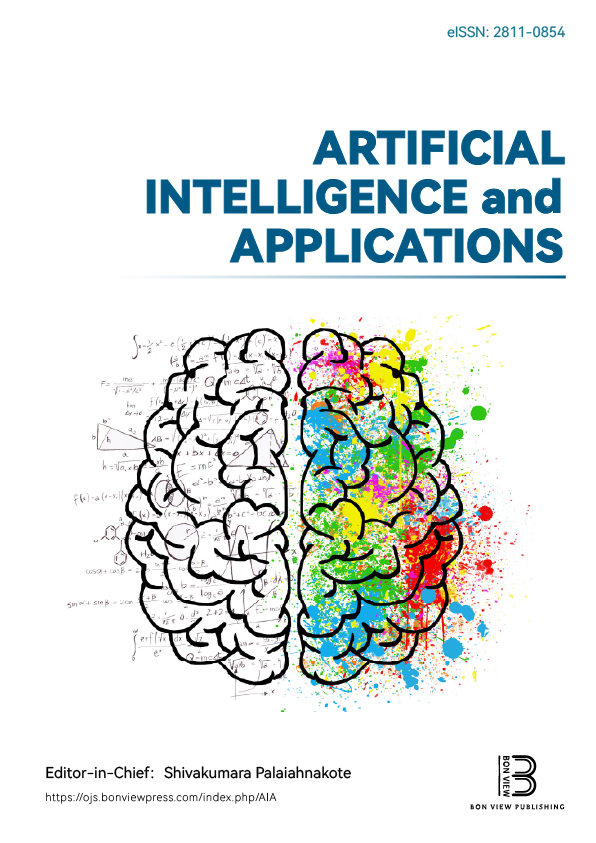Enhancing Trust and Transparency in Education Using Blockchain: A Hyperledger Fabric-Based Framework
DOI:
https://doi.org/10.47852/bonviewAIA52026268Keywords:
blockchain, education, Hyperledger Fabric, smart contracts, credential verification, educational framework, decentralizationAbstract
Blockchain is now considered a disruptive force in education and is providing stronger approaches for trust, transparency, and security in education processes. Present work focuses on the current status of blockchain-based educational applications for the verification of credentials, management of academic records, and empowerment of learners. Our Hyperledger Fabric-based implementation offers a substantial performance improvement compared to conventional approaches. For instance, the blockchain system achieved 250 transactions per second on average and always maintained a smart contract execution time within 160 ms, having a success ratio for credential verification that was higher than 98% in all configurations. Moreover, the time required for data synchronization was approximately 40% lower than that of the centralized framework. This validation empirically demonstrates the possibility and efficacy of using blockchain for academic infrastructures. In addition, this study rationalizes recent progress, discusses challenges such as scalability and privacy, and advocates for regulatory harmony. In providing such a broad discussion of current research while outlining areas of the field requiring further exploration, we argue that this study adds to emerging literature addressing the incorporation of blockchain technologies into the educational landscape in a manner that is secure, ethical, and scalable. We end with a prospective view of the role of blockchain technology in education transformation and future research. This study has both theoretical and practical implications, providing a solid background for the development of blockchain-enabled educational systems.
Received: 27 May 2025 | Revised: 7 July 2025 | Accepted: 4 August 2025
Conflicts of Interest
The authors declare that they have no conflicts of interest to this work.
Data Availability Statement
Data sharing is not applicable to this article as no new data were created or analyzed in this study.
Author Contribution Statement
Arvind Panwar: Conceptualization, Software, Writing – original draft. Urvashi Sugandh: Methodology, Validation. Achin Jain: Formal analysis, Investigation, Writing – review & editing. Vanita Jain: Supervision. Arun Kumar Dubey: Resources, Data curation. Saheli Majumdar: Visualization. Saurav Mallik: Project administration, Funding acquisition.
Metrics
Downloads
Published
Issue
Section
License
Copyright (c) 2025 Authors

This work is licensed under a Creative Commons Attribution 4.0 International License.






